Description
Dimethyl Sulfoxide (DMSO): A Solvent with a Storied Past and Present Potential
Dimethyl sulfoxide (DMSO), a simple organosulfur compound with the chemical formula (CH₃)₂SO, is far more than just another chemical in the lab. It’s a versatile solvent with a rich history, a controversial past, and intriguing potential in diverse fields ranging from medicine to manufacturing.
A Versatile Solvent, a Unique Structure:
DMSO is a colorless liquid at room temperature known for its remarkable ability to dissolve both polar and nonpolar compounds. This amphiphilic nature stems from its unique molecular structure: a polar sulfoxide group bonded to two nonpolar methyl groups. This allows it to dissolve substances that are usually incompatible, making it an invaluable tool in chemical reactions, formulations, and extraction processes.
A Storied Past: From Textile Solvent to Medical Promise (and Controversy):
DMSO was first synthesized in 1866 by Russian scientist Alexander Saytzeff. Initially used as an industrial solvent, particularly in the textile industry, its potential for medical applications was discovered in the 1960s. It gained popularity as a topical analgesic and anti-inflammatory agent, with anecdotal reports suggesting its effectiveness in treating conditions ranging from arthritis and muscle pain to burns and even cancer.
However, the early promise of DMSO was tempered by concerns over potential toxicity and variability in its effects. Concerns arose from studies showing adverse reactions in animals at high doses. This led to restrictions on its use in many countries, particularly as a prescription medication.
Current Applications: A Multifaceted Role:
Despite the past controversies, DMSO continues to be used in a variety of applications, primarily due to its excellent solvent properties. Here’s a glimpse:
- Pharmaceuticals: DMSO serves as a cryoprotectant, protecting cells during freezing. This is crucial in preserving cells for research and in treatments like bone marrow transplantation. It’s also used as a solvent for medications, aiding in their absorption through the skin.
- Industrial and Manufacturing: Its solvent properties are exploited in the production of various chemicals, plastics, and textiles. It’s used as a paint stripper, a cleaning agent, and a component in antifreeze solutions.
- Veterinary Medicine: DMSO is approved for veterinary use to treat pain and inflammation in animals, particularly in horses and dogs.
- Research and Development: DMSO is an indispensable tool in biological and chemical research. It is commonly used to dissolve compounds that are poorly soluble in water, allowing researchers to study their effects on cells and biological systems.
- Alternative Medicine: Despite the lack of widespread regulatory approval, DMSO remains popular in alternative medicine as a self-treatment for various ailments, often obtained online.
Safety Considerations and Future Directions:
While DMSO is generally considered safe when used appropriately, it’s important to be aware of potential side effects. These can include skin irritation, a garlic-like odor on the breath and skin, and, in rare cases, more serious reactions. It’s crucial to use high-purity DMSO from reputable sources and to follow recommended dosage guidelines.
Looking ahead, research continues to explore the potential therapeutic applications of DMSO. Studies are investigating its role in treating conditions such as:
- Interstitial Cystitis: Clinical trials have demonstrated some benefit in treating this chronic bladder condition.
- Cancer Therapy: While controversial, DMSO is being studied as a potential drug delivery agent to enhance the effectiveness of chemotherapy.
- Neurodegenerative Diseases: Research is exploring its potential neuroprotective effects.
Conclusion:
Dimethyl sulfoxide, or DMSO, is a fascinating compound with a complex history. From its origins as an industrial solvent to its exploration as a potential medical breakthrough, DMSO has garnered both fervent support and significant controversy. Its unique solvent properties continue to make it an invaluable tool in diverse fields. While its medical applications remain a subject of ongoing research and debate, understanding its properties and potential risks is crucial for its responsible and potentially beneficial use. As research progresses, we may uncover even more novel applications for this versatile and intriguing chemical.


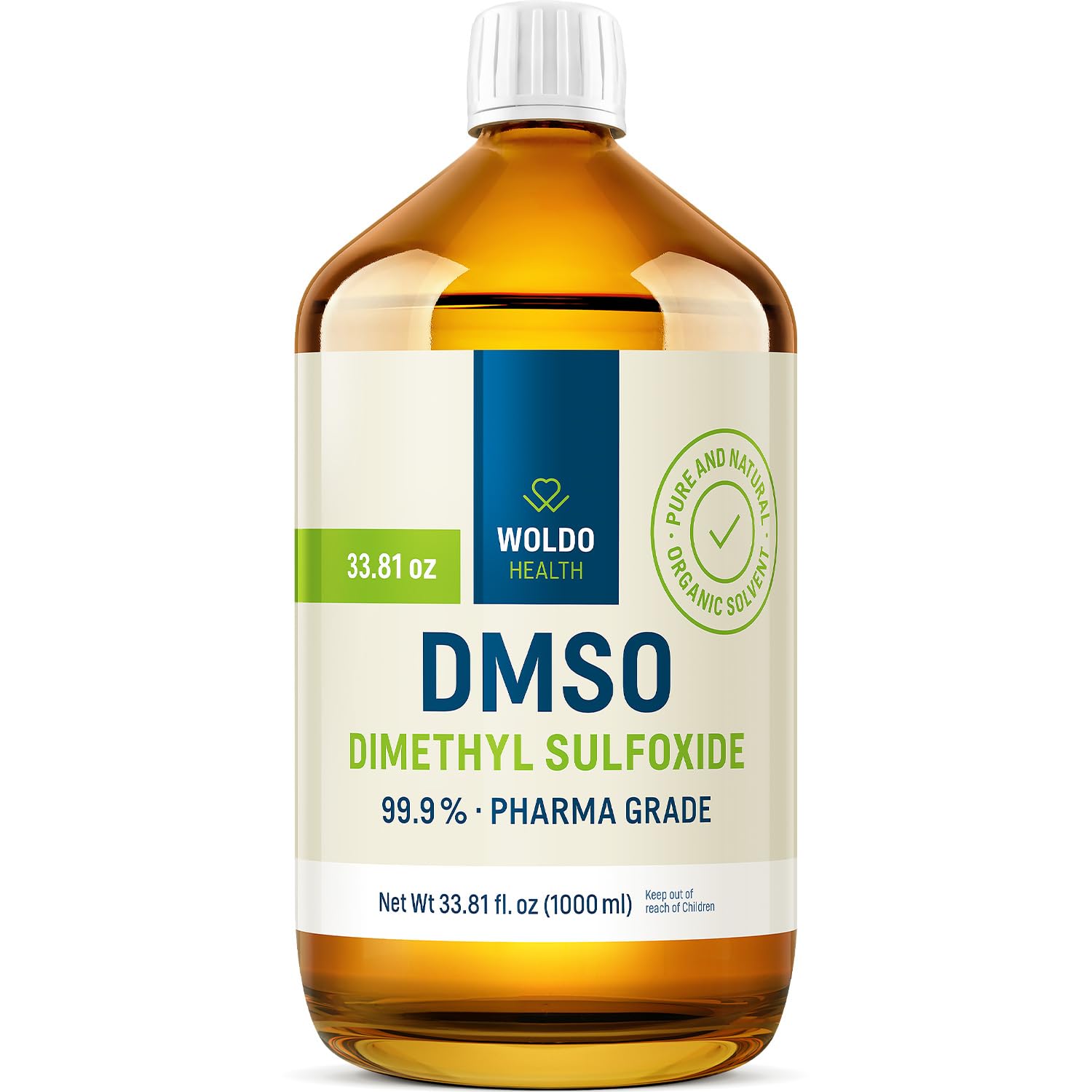
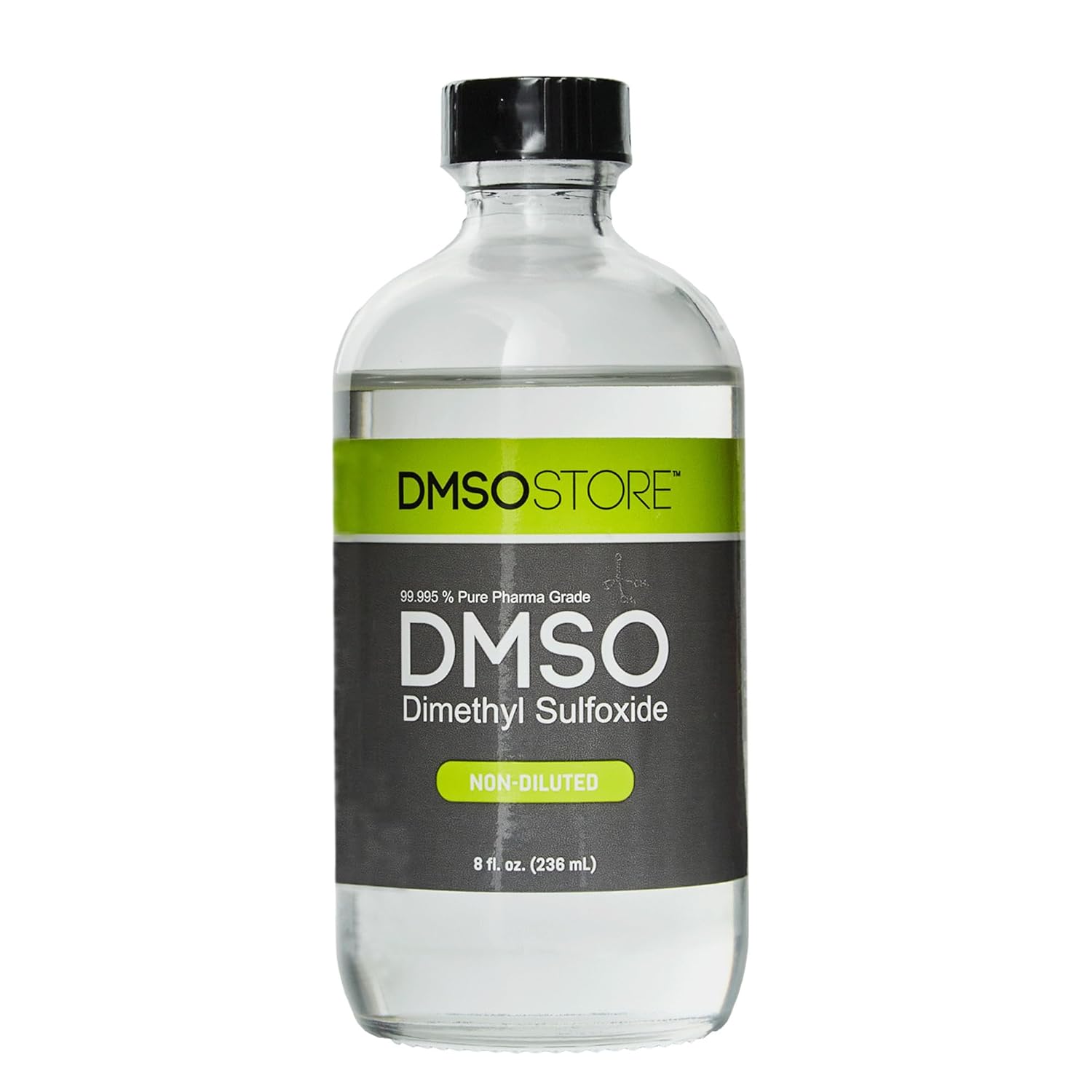


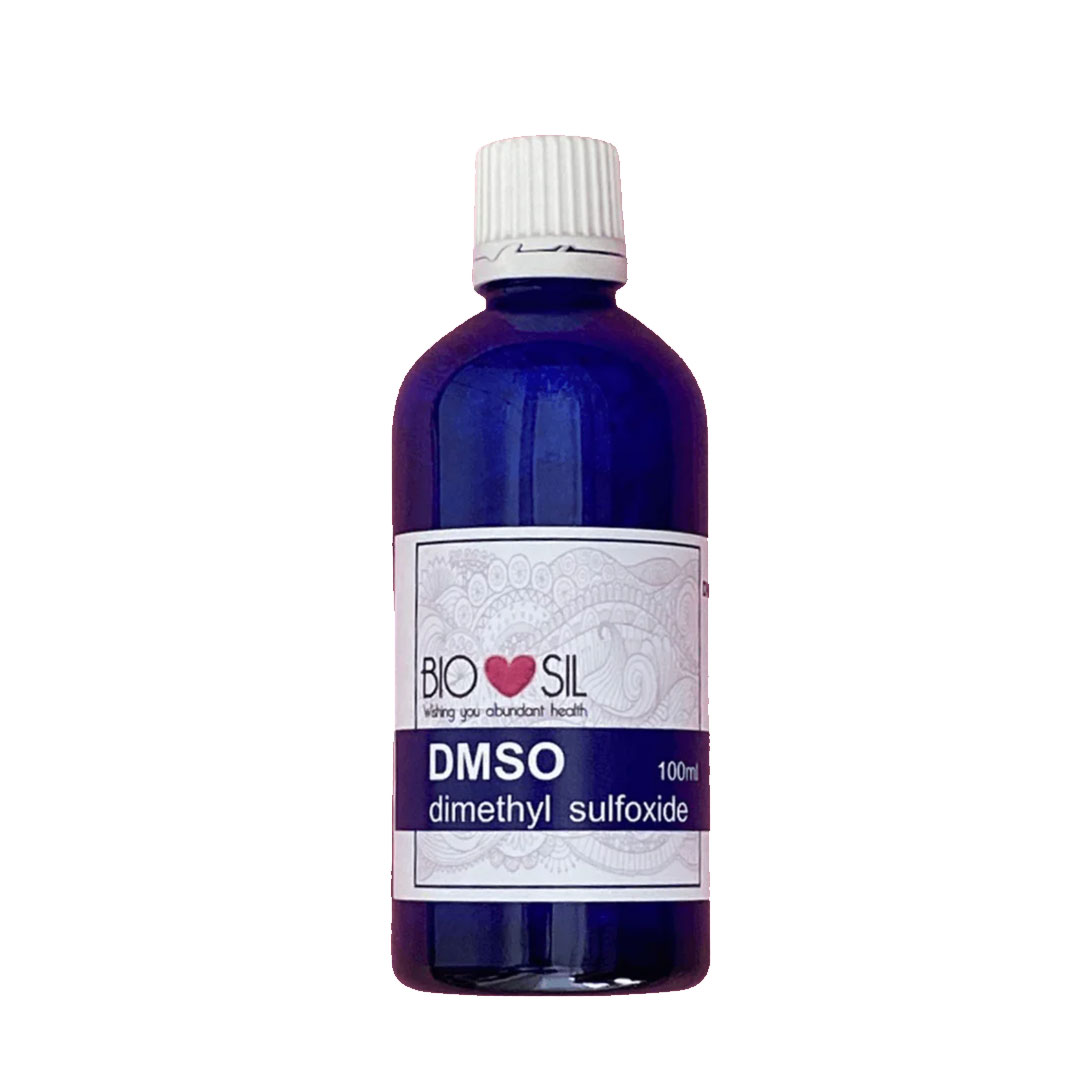

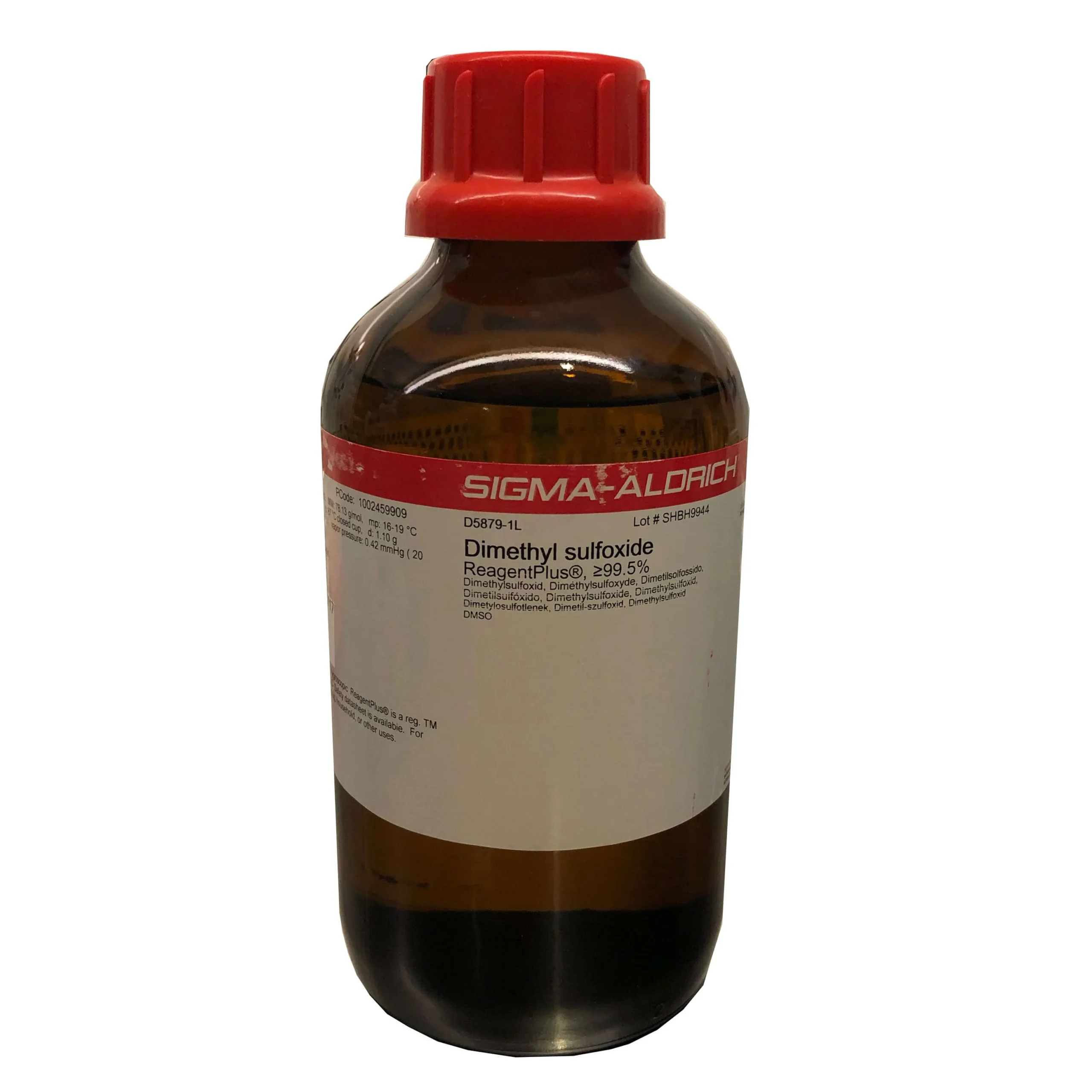
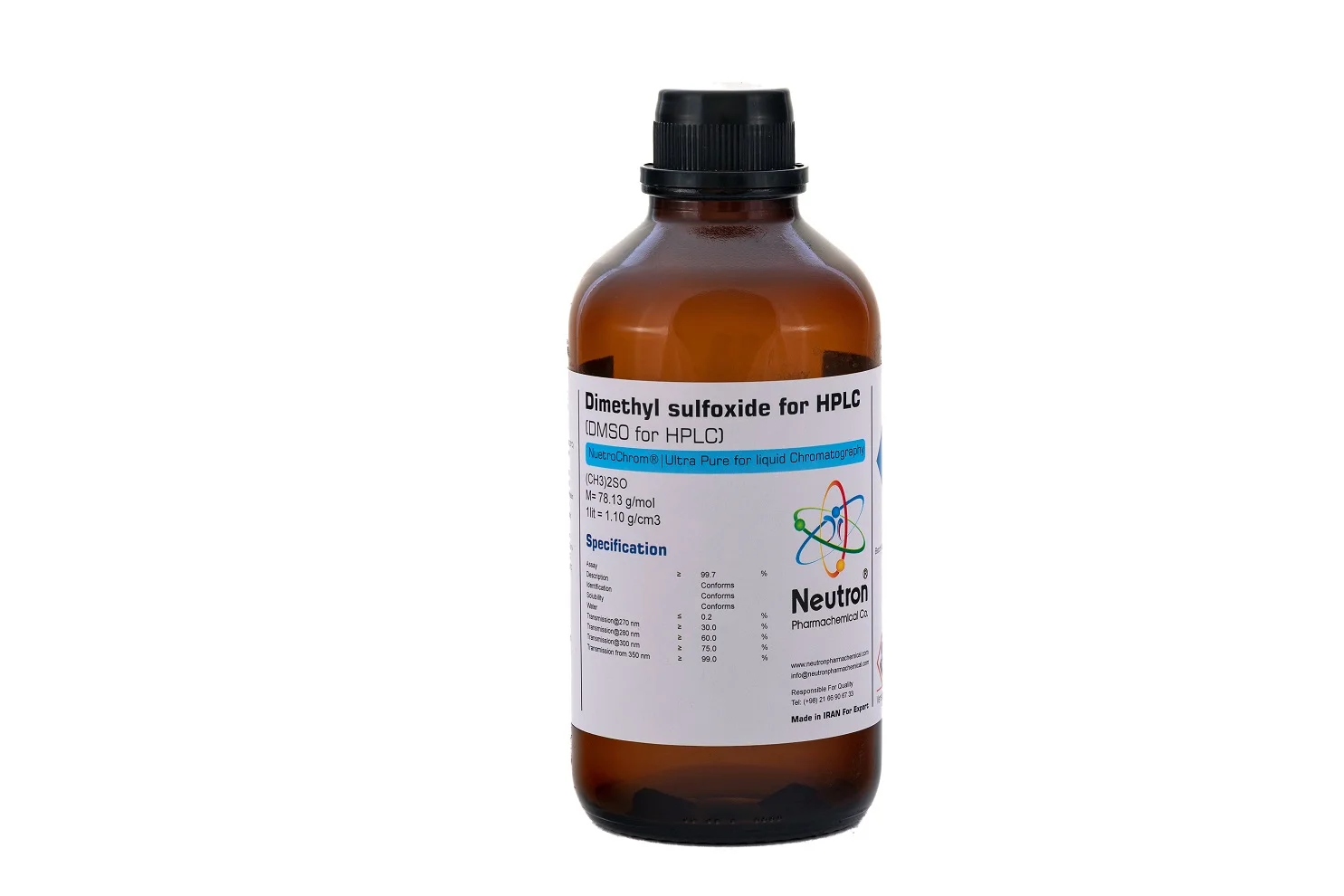
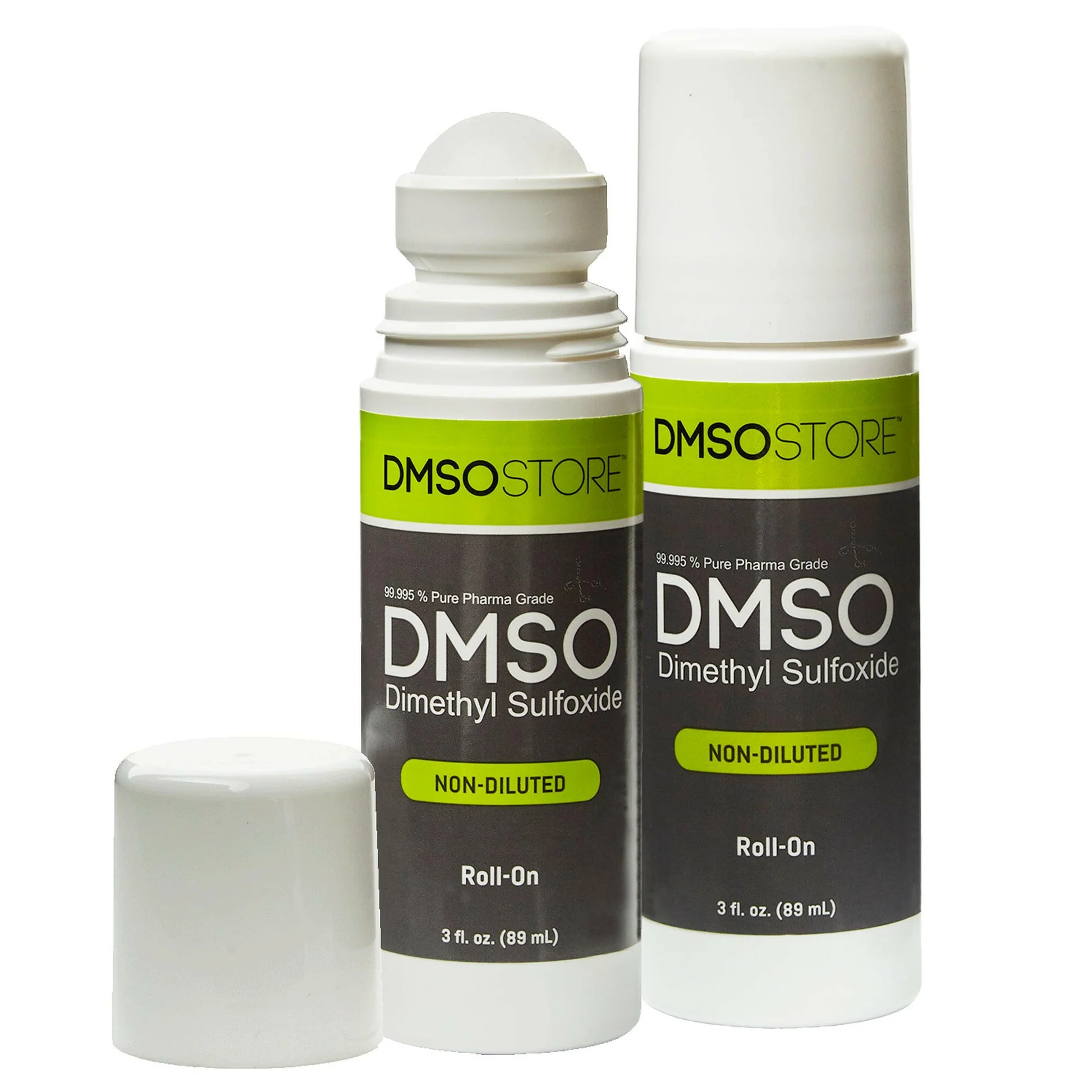




Reviews
There are no reviews yet.